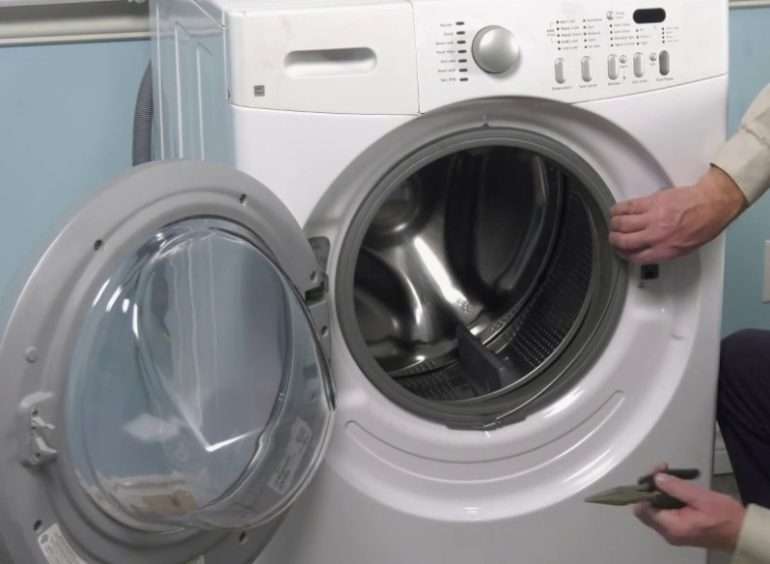Every Halo Infinite player should change these 3 settings
Unlocking your full potential in Halo Infinite requires more than just skill; it demands optimization. This guide highlights three crucial settings often overlooked, impacting gameplay significantly. Making these adjustments can dramatically improve your accuracy, reaction time, and overall performance. Don’t underestimate the power of fine-tuning your in-game experience!
Adjusting Your Sensitivity
Your sensitivity setting directly impacts your ability to quickly and accurately aim. Finding the sweet spot is crucial for consistent performance. Too low, and you’ll struggle to make quick turns; too high, and you’ll overshoot targets, leading to missed shots. Experimentation is key! Start by making small adjustments, testing in various game modes. Consider your playstyle⁚ Are you a more aggressive player who favors quick, precise movements? Or do you prefer a more methodical, controlled approach?
Begin by setting your sensitivity to a comfortable starting point – perhaps slightly lower than your usual setting in other shooters. Then, gradually increase or decrease the value, noting how it feels in-game. Pay close attention to your ability to track moving targets and make precise adjustments during combat. Don’t be afraid to try different sensitivity settings for different weapons or game modes. Some players even opt for separate vertical and horizontal sensitivity settings for more granular control. The goal is to find a balance that allows for both rapid aiming and precise adjustments, minimizing overcorrection and maximizing accuracy.
Remember, there’s no one-size-fits-all solution. The ideal sensitivity is highly personal and depends on your hardware (mouse, controller), your playstyle, and even your individual preferences. Take your time, be patient, and don’t hesitate to revert to a previous setting if you find a new one isn’t working for you. Consistent practice and iterative adjustments are the keys to discovering your optimal sensitivity in Halo Infinite.
Optimizing Your Field of View (FOV)
Your Field of View (FOV) setting determines how much of the game world you see on your screen. A higher FOV provides a wider peripheral vision, allowing you to spot enemies earlier and react more quickly to threats. Conversely, a lower FOV restricts your view, potentially leading to surprise attacks and missed opportunities. Many players find that increasing their FOV significantly improves their situational awareness, giving them a competitive edge. However, it’s important to find a balance that doesn’t induce motion sickness or visual discomfort.
Experiment with different FOV values, starting with a moderate increase from the default setting. Gradually increase the value until you find a level that feels comfortable and provides a noticeable improvement in your ability to perceive your surroundings. Pay close attention to how easily you can track multiple targets and react to unexpected movements. If you experience any discomfort, such as eye strain, headaches, or motion sickness, reduce the FOV until the symptoms subside. Remember, the optimal FOV is subjective and depends on individual preferences and tolerance.
Consider your monitor’s aspect ratio and resolution when adjusting your FOV. Higher resolutions and wider aspect ratios may require a higher FOV to maintain a similar level of peripheral vision. Don’t hesitate to consult online resources or communities for recommendations based on your specific hardware configuration. The goal is to find a FOV that maximizes your awareness without compromising your comfort or performance. Take your time, experiment diligently, and refine your settings until you achieve the perfect balance between wide vision and comfortable gameplay. The enhanced awareness provided by a well-optimized FOV can significantly impact your performance in Halo Infinite.
Tweaking Your Aim Assist
Aim assist is a valuable feature in Halo Infinite, subtly assisting your aim, particularly when using a controller. While it’s beneficial for many players, the default settings may not be optimal for everyone. Experimenting with aim assist settings can significantly enhance your accuracy and consistency, leading to improved performance in combat. However, finding the right balance is crucial; excessive aim assist can feel unnatural and hinder your ability to make precise adjustments.
Halo Infinite typically offers several aim assist options, often including strength and response curve adjustments. Start by making small incremental changes to the aim assist strength. A slightly increased strength can provide a noticeable improvement in target acquisition, particularly when engaging targets at medium to long ranges. However, be cautious about overdoing it; too much aim assist can make your aim feel sluggish and unresponsive, especially during close-quarters combat. Experiment with different strength levels in the training grounds or custom games to find a setting that feels natural and responsive.
The aim assist response curve determines how the aim assist reacts to your input. Different curves offer varying degrees of smoothness and responsiveness. Some curves provide a more gradual and less intrusive assist, while others offer a more aggressive and noticeable effect. Experiment with different response curves to find one that complements your playstyle and controller sensitivity. The ideal curve will help you smoothly acquire and track targets without feeling overly restrictive or unnatural. Remember, the optimal aim assist settings are subjective and depend on personal preference, controller type, and sensitivity settings. Take the time to thoroughly test different configurations to discover the perfect balance for your individual needs;
Why These Changes Matter
Optimizing your sensitivity, field of view, and aim assist in Halo Infinite isn’t just about tweaking numbers; it’s about fundamentally improving your gameplay experience and competitive edge. These seemingly minor adjustments directly impact your ability to react quickly, accurately target enemies, and maintain situational awareness. Neglecting these settings could be significantly hindering your performance, potentially costing you crucial moments in matches.
A properly adjusted sensitivity allows for smoother and more precise aiming, crucial for both close-quarters combat and longer-range engagements. An improperly configured FOV can restrict your peripheral vision, leading to missed opportunities and slower reaction times. Finally, fine-tuning aim assist ensures you’re receiving the right level of assistance without feeling hampered by excessive input correction. These three settings work in tandem; optimizing one without considering the others will yield suboptimal results.
Consider the impact on your overall gameplay. Faster reactions translate to quicker target acquisition and more effective defensive maneuvers. Improved aim accuracy means fewer missed shots and more consistent damage output. Enhanced situational awareness allows you to anticipate enemy movements and react accordingly. The cumulative effect of these improvements can dramatically transform your performance, boosting your kill-death ratio, increasing your win rate, and ultimately making you a more effective and enjoyable player. Don’t underestimate the power of these seemingly small changes; they can make all the difference between victory and defeat.
Experiment and Find What Works Best for You
While this guide offers valuable starting points for optimizing your Halo Infinite settings, remember that the perfect configuration is highly personal and dependent on individual playing styles, preferences, and even hardware. What works exceptionally well for one player might feel clunky and ineffective for another. The key is to actively experiment and discover what feels most comfortable and effective for you.
Start by making small, incremental changes to each setting. Adjust your sensitivity in small steps, testing it in-game before making further alterations. Similarly, gradually increase or decrease your FOV, paying close attention to how it impacts your peripheral vision and overall gameplay experience. With aim assist, try different levels, noting any noticeable differences in your aiming accuracy and responsiveness. Keep a record of your adjustments, noting which settings felt most comfortable and produced the best results.
Don’t be afraid to step outside of the suggested ranges. The ideal settings aren’t necessarily located within a specific numerical bracket; they’re subjective and depend on your individual needs. Consider factors like your monitor’s refresh rate, your mouse’s DPI, and your personal playstyle (aggressive, defensive, etc.). The process of finding your optimal configuration might take time and require considerable experimentation, but the rewards are well worth the effort. Ultimately, the goal is to find a setup that allows you to play at your best, maximizing your accuracy, reaction time, and overall enjoyment of the game. Embrace the iterative process; continuous refinement will lead to significant improvements in your gameplay.




